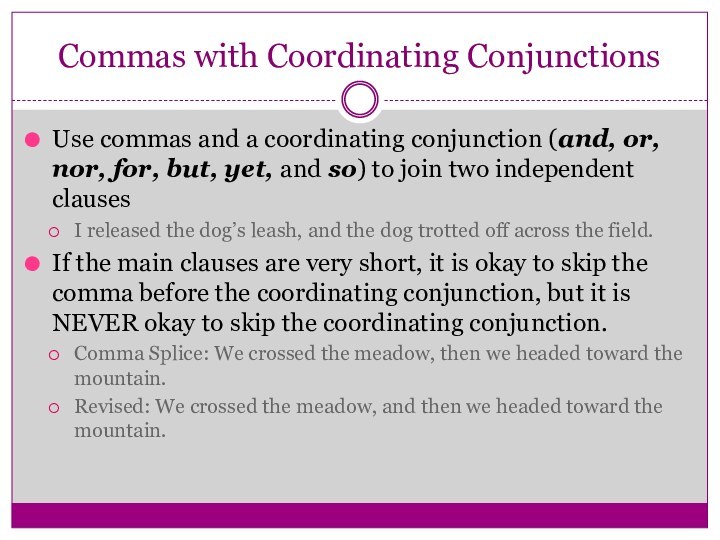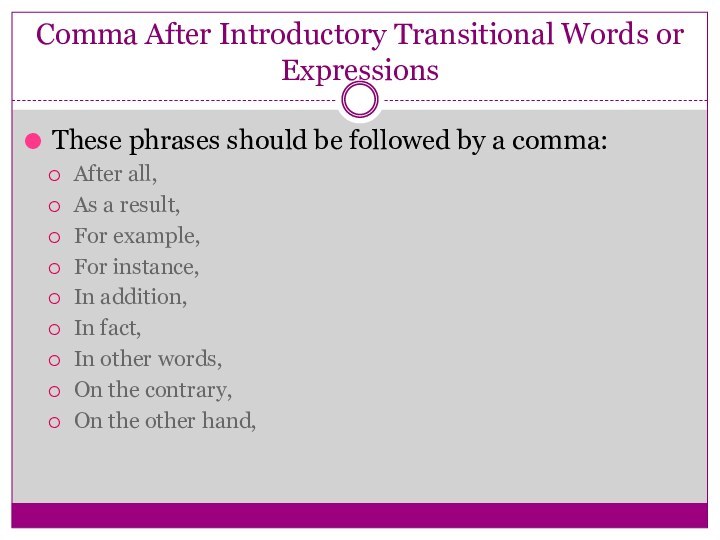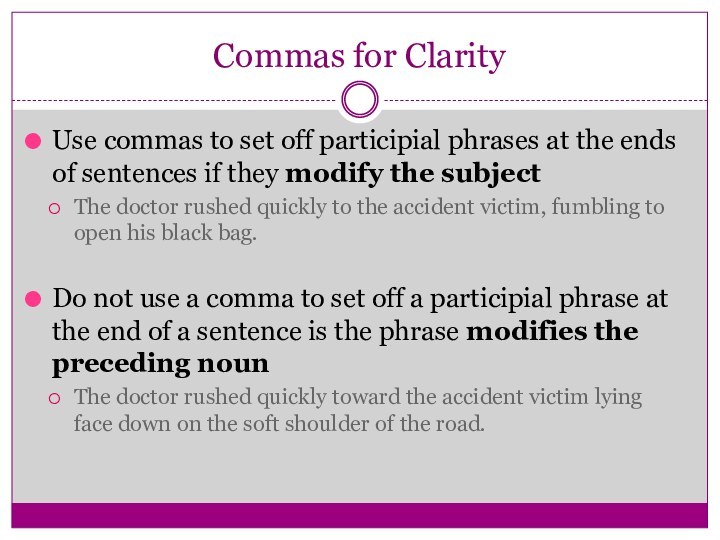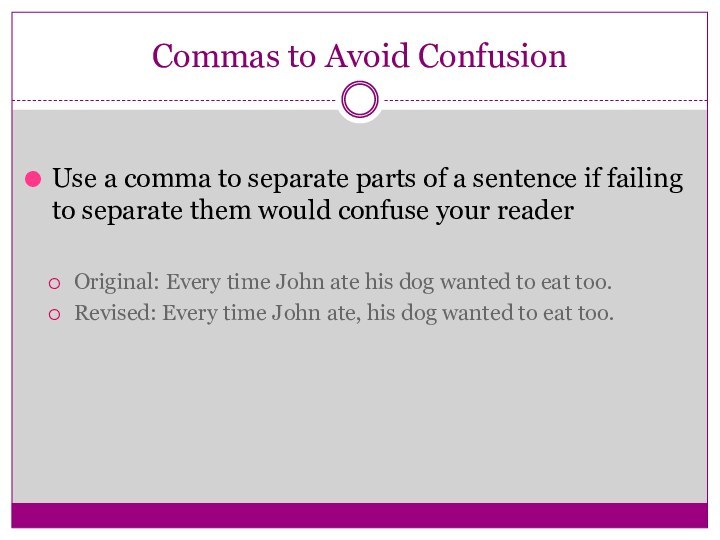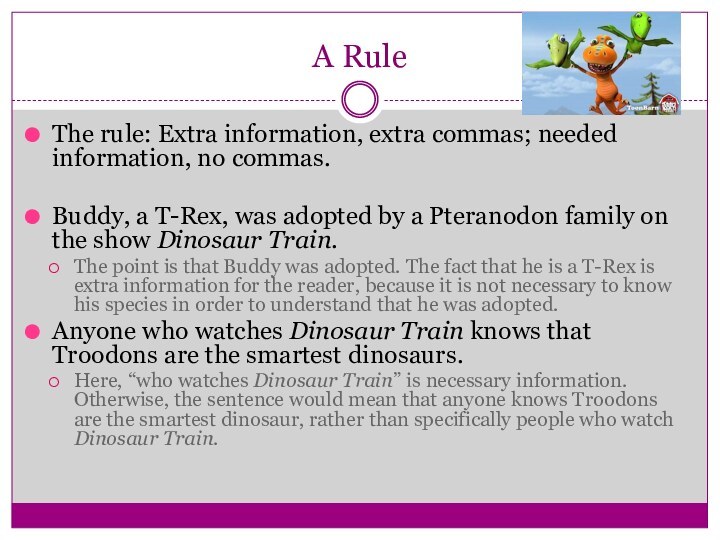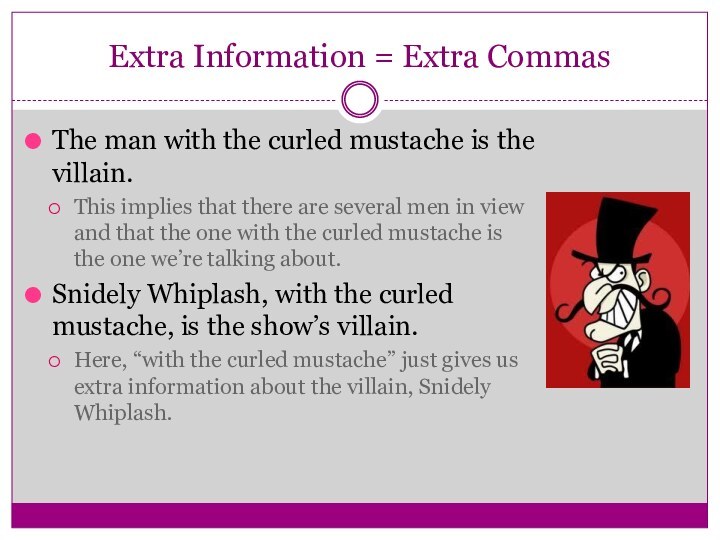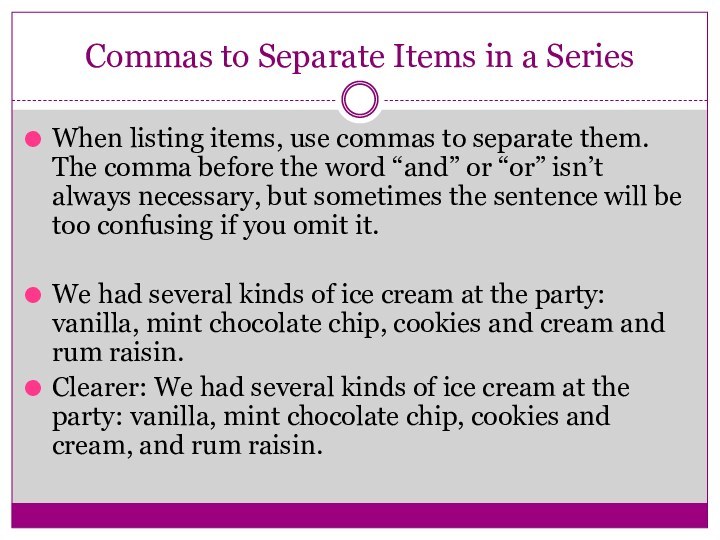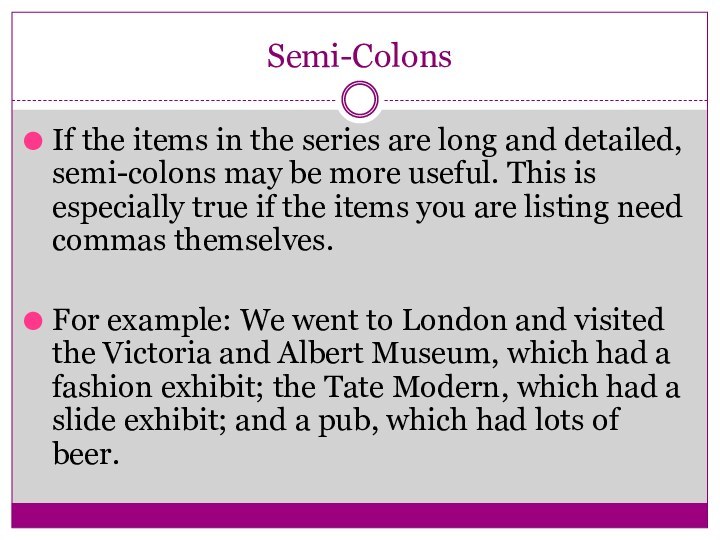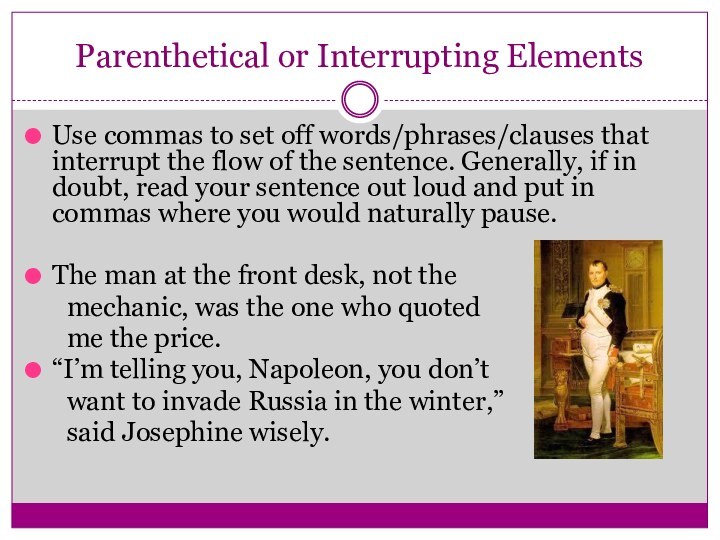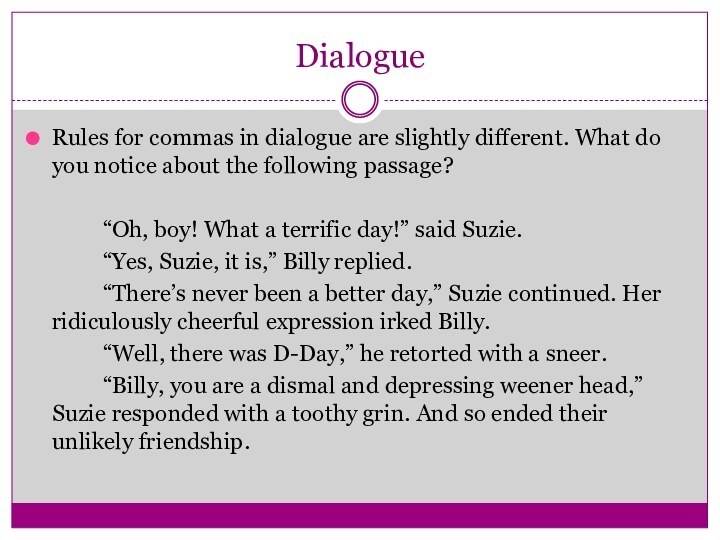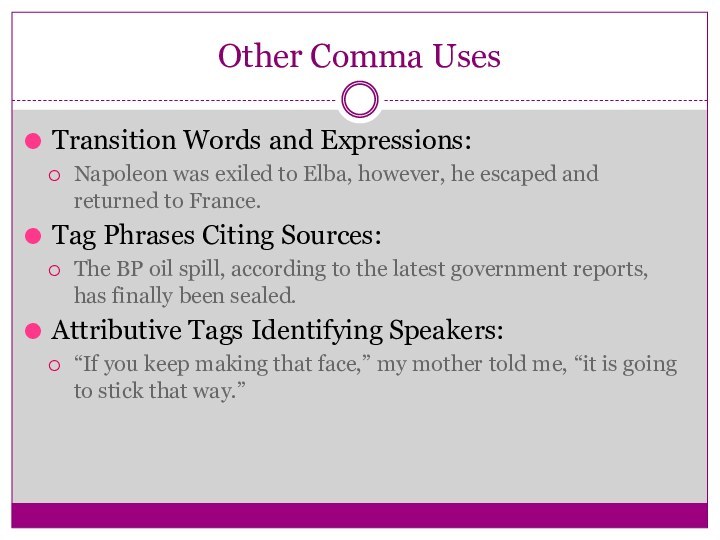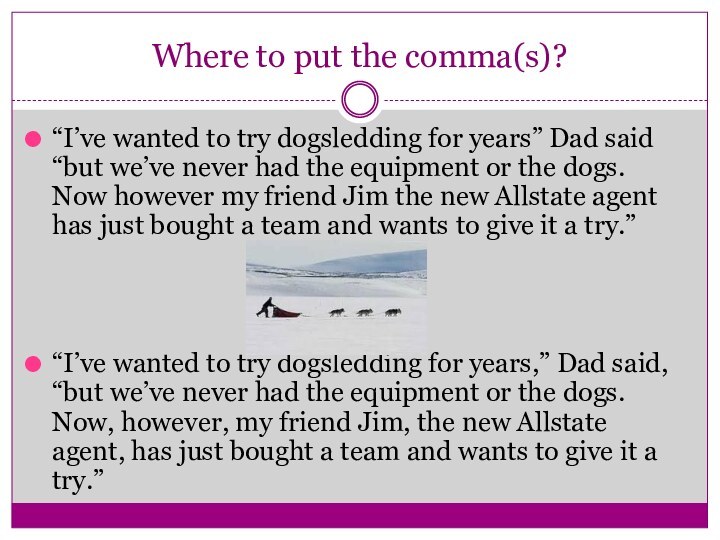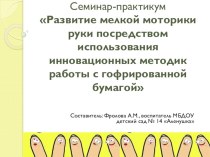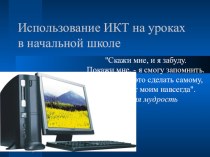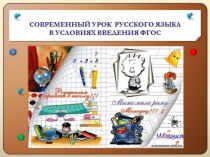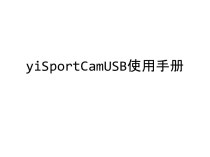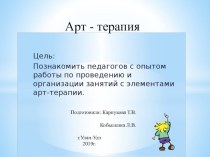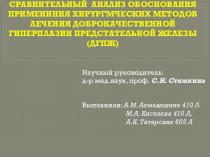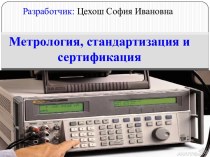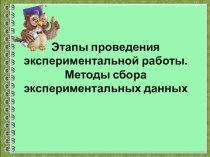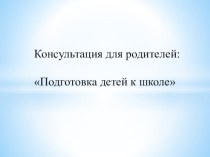Слайд 2
Commas with Coordinating Conjunctions
Use commas and a coordinating
conjunction (and, or, nor, for, but, yet, and so)
to join two independent clauses
I released the dog’s leash, and the dog trotted off across the field.
If the main clauses are very short, it is okay to skip the comma before the coordinating conjunction, but it is NEVER okay to skip the coordinating conjunction.
Comma Splice: We crossed the meadow, then we headed toward the mountain.
Revised: We crossed the meadow, and then we headed toward the mountain.
Слайд 3
Comma After Introductory Transitional Words or Expressions
These phrases
should be followed by a comma:
After all,
As a result,
For
example,
For instance,
In addition,
In fact,
In other words,
On the contrary,
On the other hand,
Слайд 4
Commas for Clarity
Use commas to set off participial
phrases at the ends of sentences if they modify
the subject
The doctor rushed quickly to the accident victim, fumbling to open his black bag.
Do not use a comma to set off a participial phrase at the end of a sentence is the phrase modifies the preceding noun
The doctor rushed quickly toward the accident victim lying face down on the soft shoulder of the road.
Слайд 5
Commas to Avoid Confusion
Use a comma to separate
parts of a sentence if failing to separate them
would confuse your reader
Original: Every time John ate his dog wanted to eat too.
Revised: Every time John ate, his dog wanted to eat too.
Слайд 6
A Rule
The rule: Extra information, extra commas; needed
information, no commas.
Buddy, a T-Rex, was adopted by a
Pteranodon family on the show Dinosaur Train.
The point is that Buddy was adopted. The fact that he is a T-Rex is extra information for the reader, because it is not necessary to know his species in order to understand that he was adopted.
Anyone who watches Dinosaur Train knows that Troodons are the smartest dinosaurs.
Here, “who watches Dinosaur Train” is necessary information. Otherwise, the sentence would mean that anyone knows Troodons are the smartest dinosaur, rather than specifically people who watch Dinosaur Train.
Слайд 7
Extra Information = Extra Commas
The man with the
curled mustache is the villain.
This implies that there are
several men in view and that the one with the curled mustache is the one we’re talking about.
Snidely Whiplash, with the curled mustache, is the show’s villain.
Here, “with the curled mustache” just gives us extra information about the villain, Snidely Whiplash.
Слайд 8
Commas to Separate Items in a Series
When listing
items, use commas to separate them. The comma before
the word “and” or “or” isn’t always necessary, but sometimes the sentence will be too confusing if you omit it.
We had several kinds of ice cream at the party: vanilla, mint chocolate chip, cookies and cream and rum raisin.
Clearer: We had several kinds of ice cream at the party: vanilla, mint chocolate chip, cookies and cream, and rum raisin.
Слайд 9
Other Comma Uses
Dates
April 20, 2010
Luckily, in MLA format
we use the European format of dating (date month
year) – 20 April 2010
Places
Fort Myers, Florida
London, England
Ouagadougou, Burkina Faso
In a sentence, commas also go after the place and date, if the sentence continues.
We drove to Baton Rouge, Louisiana, on August 17, 2010, in record time.
Слайд 10
Semi-Colons
If the items in the series are long
and detailed, semi-colons may be more useful. This is
especially true if the items you are listing need commas themselves.
For example: We went to London and visited the Victoria and Albert Museum, which had a fashion exhibit; the Tate Modern, which had a slide exhibit; and a pub, which had lots of beer.
Слайд 11
Parenthetical or Interrupting Elements
Use commas to set off
words/phrases/clauses that interrupt the flow of the sentence. Generally,
if in doubt, read your sentence out loud and put in commas where you would naturally pause.
The man at the front desk, not the
mechanic, was the one who quoted
me the price.
“I’m telling you, Napoleon, you don’t
want to invade Russia in the winter,”
said Josephine wisely.
Слайд 12
Dialogue
Rules for commas in dialogue are slightly different.
What do you notice about the following passage?
“Oh, boy!
What a terrific day!” said Suzie.
“Yes, Suzie, it is,” Billy replied.
“There’s never been a better day,” Suzie continued. Her ridiculously cheerful expression irked Billy.
“Well, there was D-Day,” he retorted with a sneer.
“Billy, you are a dismal and depressing weener head,” Suzie responded with a toothy grin. And so ended their unlikely friendship.
Слайд 13
Other Comma Uses
Transition Words and Expressions:
Napoleon was exiled
to Elba, however, he escaped and returned to France.
Tag Phrases Citing Sources:
The BP oil spill, according to the latest government reports, has finally been sealed.
Attributive Tags Identifying Speakers:
“If you keep making that face,” my mother told me, “it is going to stick that way.”
Слайд 14
Where to put the comma(s)?
On my last visit
during dessert my dad who is an expert skier
asked me if I wanted to try dogsled racing.
On my last visit, during dessert, my dad, who is an expert skier, asked me if I wanted to try dogsled racing.

